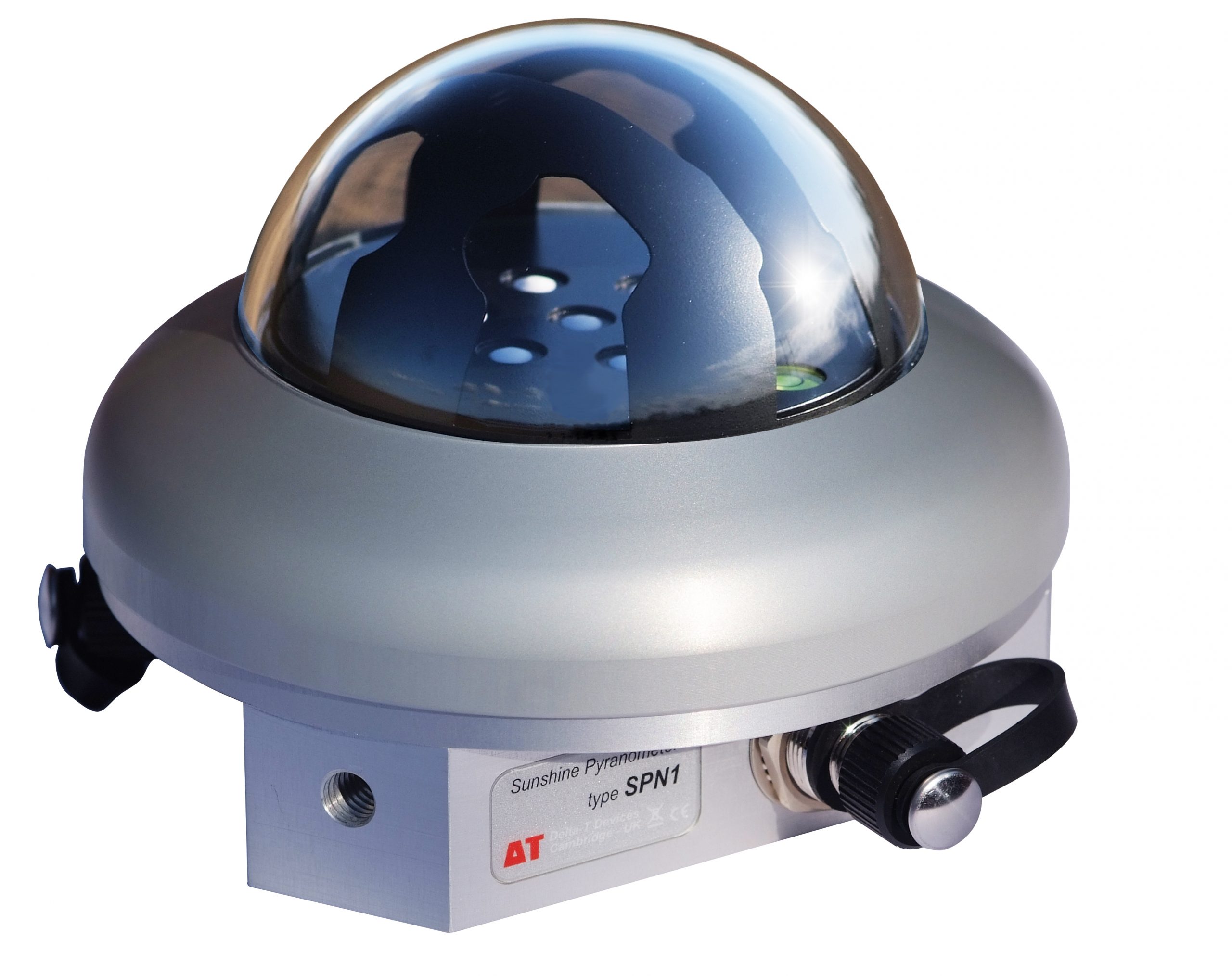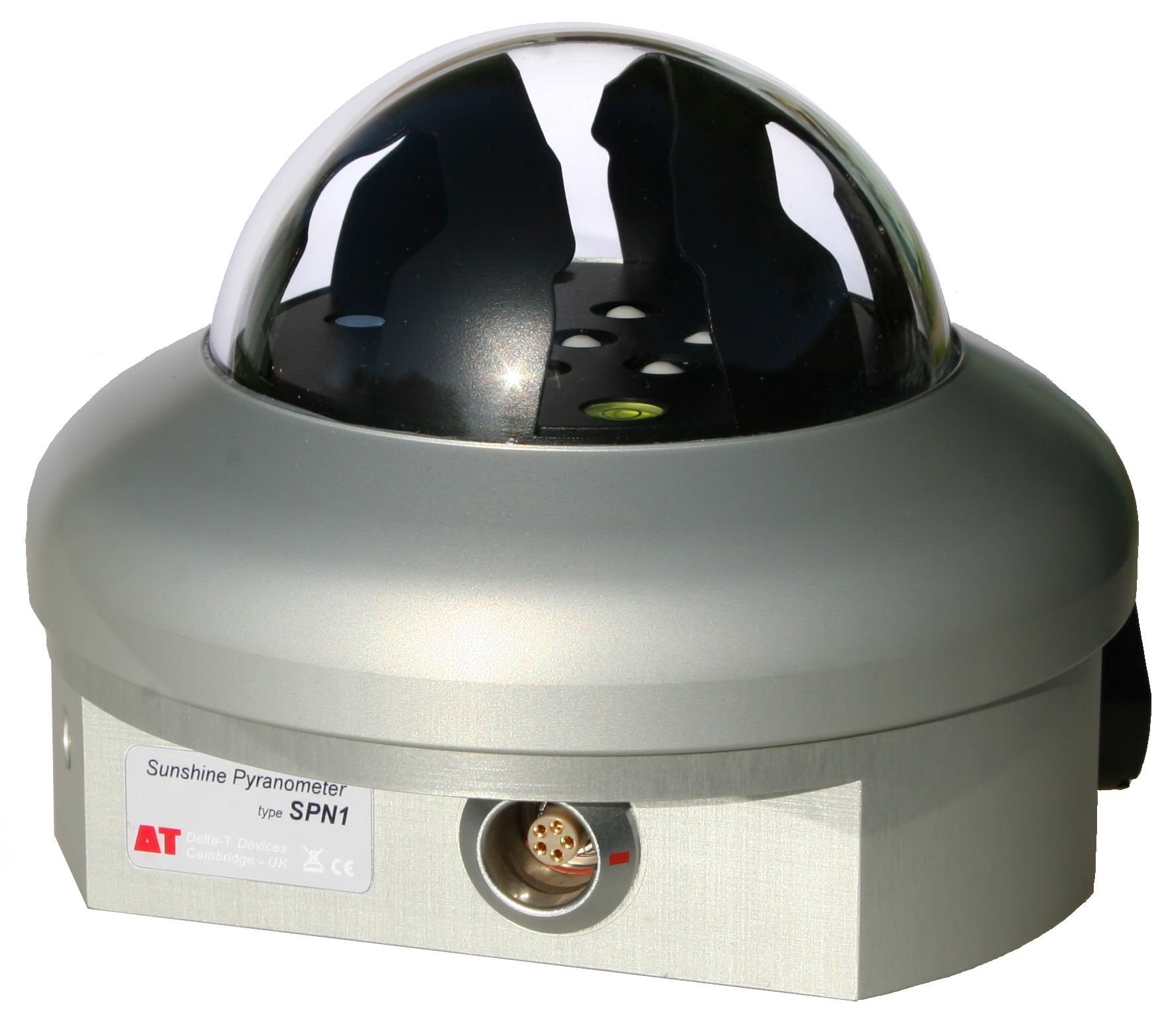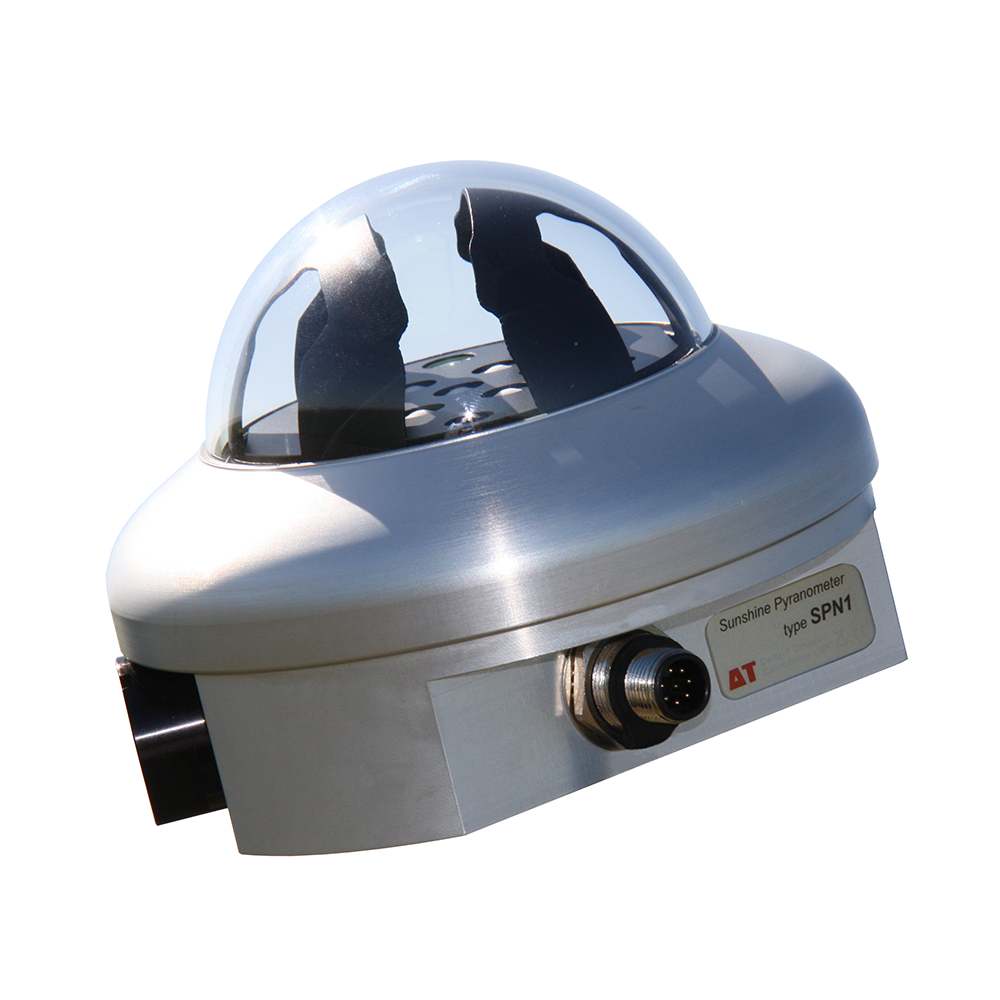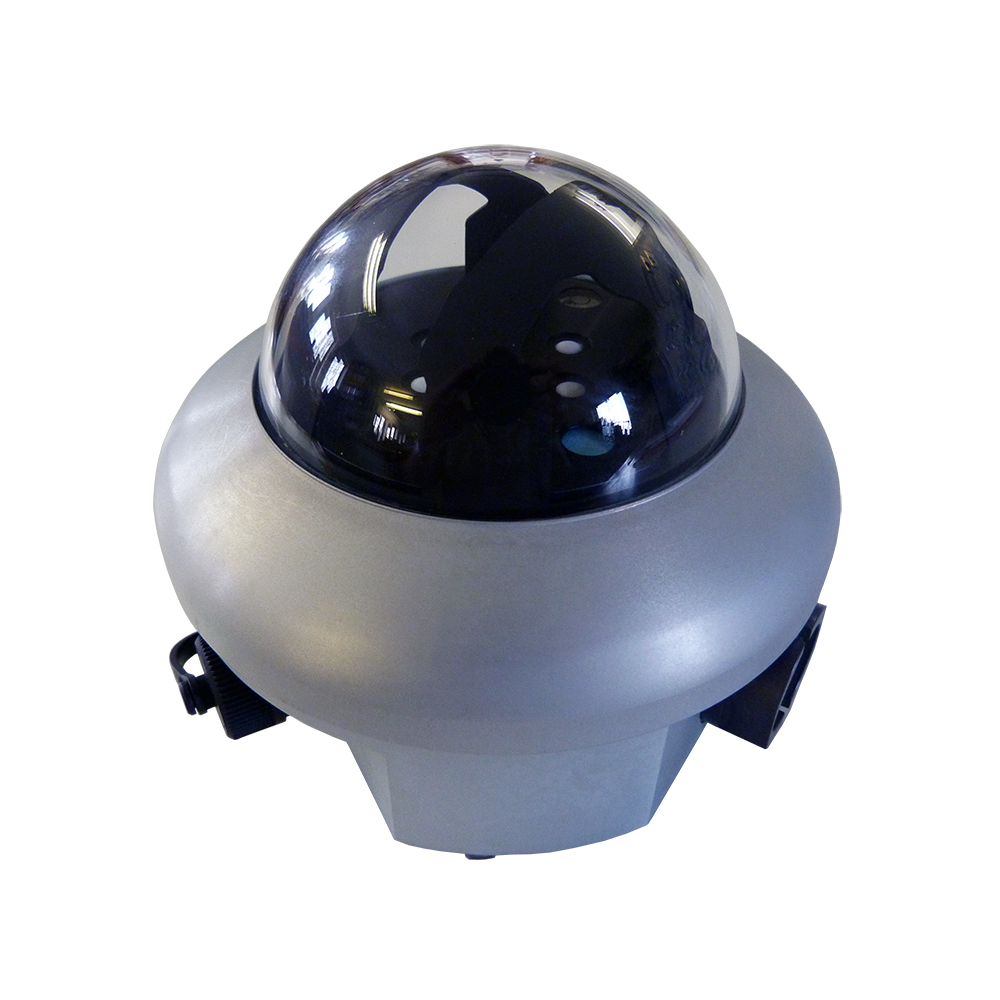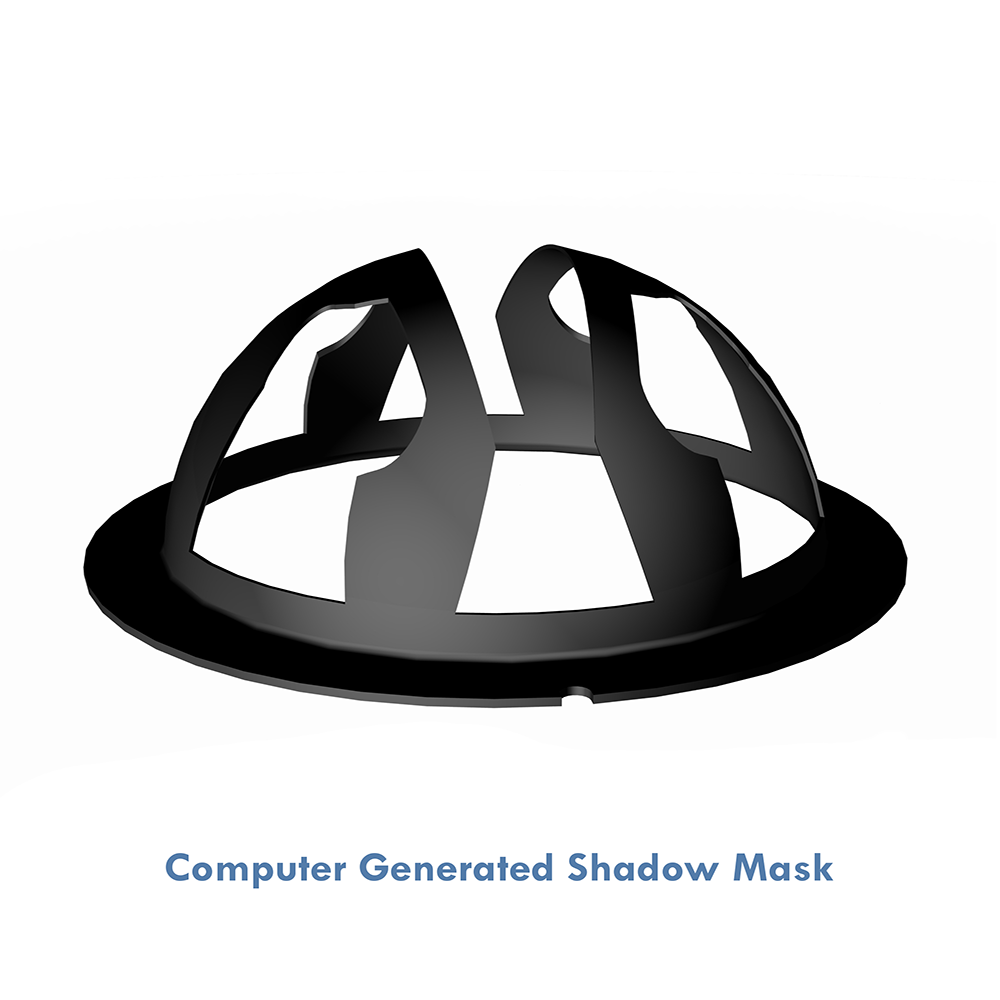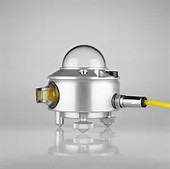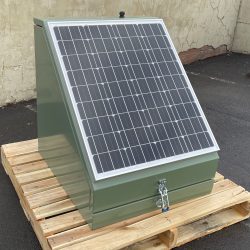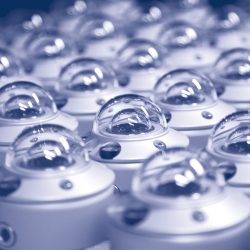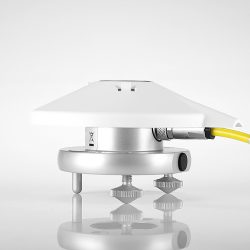Description
SPN1 COMPLETE SOLAR IRRADIANCE SENSOR
The SPN1 is a complete solar irradiance sensor designed to capture data on solar irradiance which can be used to determine or calculate, direct normal irradiance, global horizontal irradiance, diffuse irradiance, and sunshine duration.
The revolutionary design has no moving parts and does not require shading rings or motorised sun-tracking instruments. As such, no maintenance or shadow ball alterations are required; making the SPN1 ideal for long-term meteorological observations and measurements.
See how the SPN1 complete solar irradiance sensor works in Delta-T’s video.
The SPN1 Pyranometer is ideally suited to multiple solar radiation measurement application areas, including PV (photovoltaic) efficiency monitoring, air pollution studies, cloud cover research, ET and heat flux studies, canopy analysis, and building energy management systems.
SPN1 Specifications
| ISO: Secondary Standard WMO: High Quality |
ISO: First Class WMO: Good Quality |
SPN1 | Notes | ||
| Response Time | ISO & WMO | <15 s | <30 s | 0.1 s | To 95% of final value (Actual response time is 100ms) |
| Sero off-set response | ISO & WMO | 7 W/m² | 15 W/m² | <3 W/m² | To 200 W/m² net radiant loss to the sky (ventilated( |
| Zero off-set response | ISO & WMO | ±2 W/m² | ±4 W/m² | <3 W/m² | For 5+A5:F7°C/hr change in ambient temperature |
| Resolution | WMO | ±1 W/m² | ±5 W/m² | 0.6 W/m² | Smallest detectable change |
| Non Stability | ISO & WMO | ±0.8% | ±1.5% | <1.5% | Change in sensitivity per year |
| Non-linearity | ISO & WMO | ±0.5% | ±1% | ±1% | Deviation from sensitivity at 500 W/m² over 100 to 1000 W/m² range |
| Directional response | ISO & WMO | ±10 W/m² | ±20 W/m² | 20 W/m² | Error due to assuming that the normal incidence response at 1000 W/m² is valid for all directions |
| Spectral selectivity | ISO (0.35-15 µm) WMO (0.30-3.0 µm) |
±3% ±2% |
±5% ±5% |
±10% (0.4-2.7 µm) | Deviation of the mathematical product of spectral absorptance and transmittance from the mean |
| Temperature Response | ISO & WMO | ±2% | ±4% | ±1% | Error due to 50°C ambient temperature change |
| Tilt response | ISO & WMO | ±0.5% | ±2% | ** | Deviation from horizontal responsivity due to tilt from horizontal vertical at 1000 W/m² |
| Achievable uncertainty | ISO & WMO | 3% 2% |
8% 5% |
8% 5% |
95% confidence level |
| ** Believed to be <2%, not yet clearly measured. |
Follow ESS Earth Sciences on LinkedIn to keep up to date on solar news and developments.

